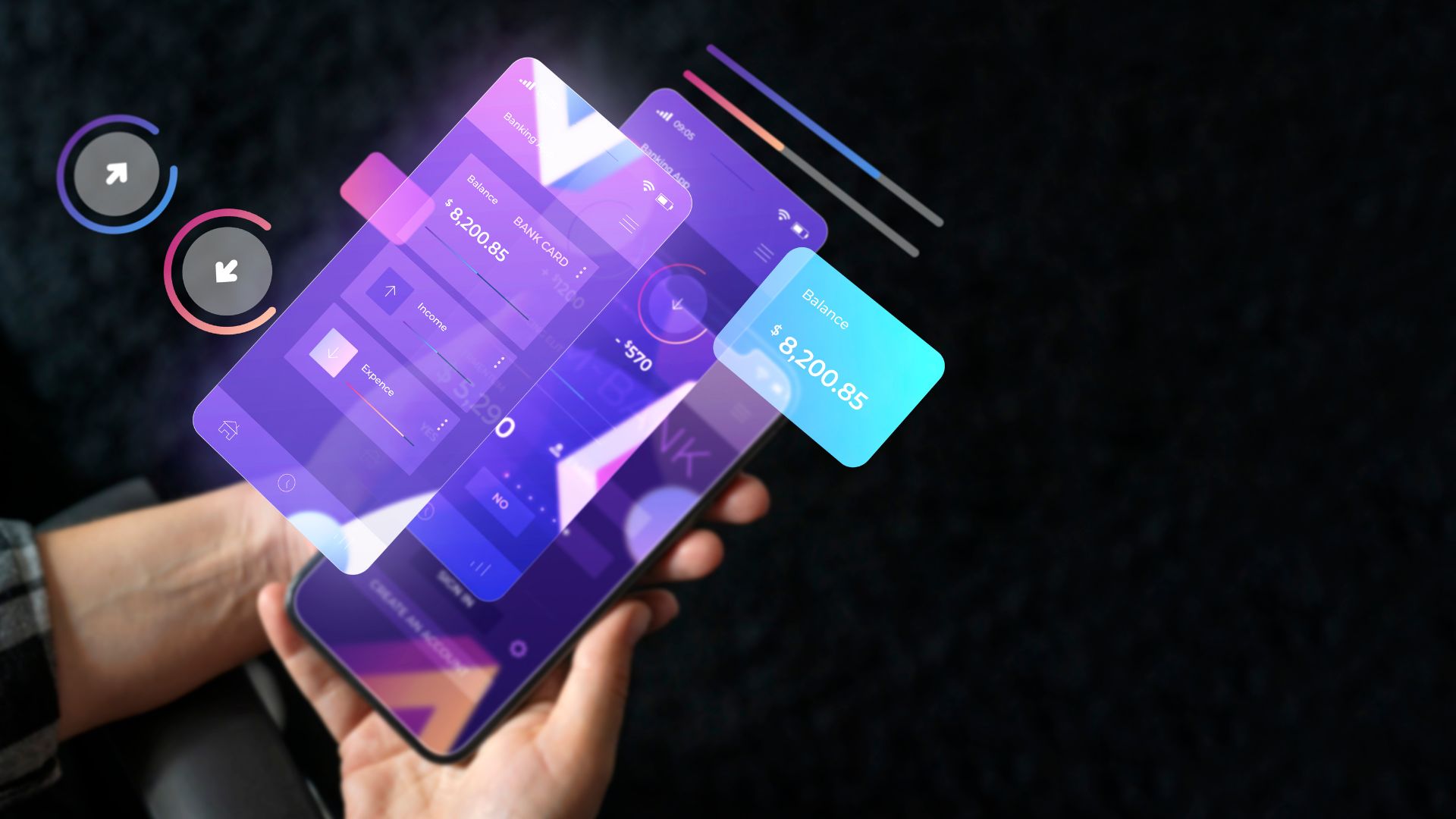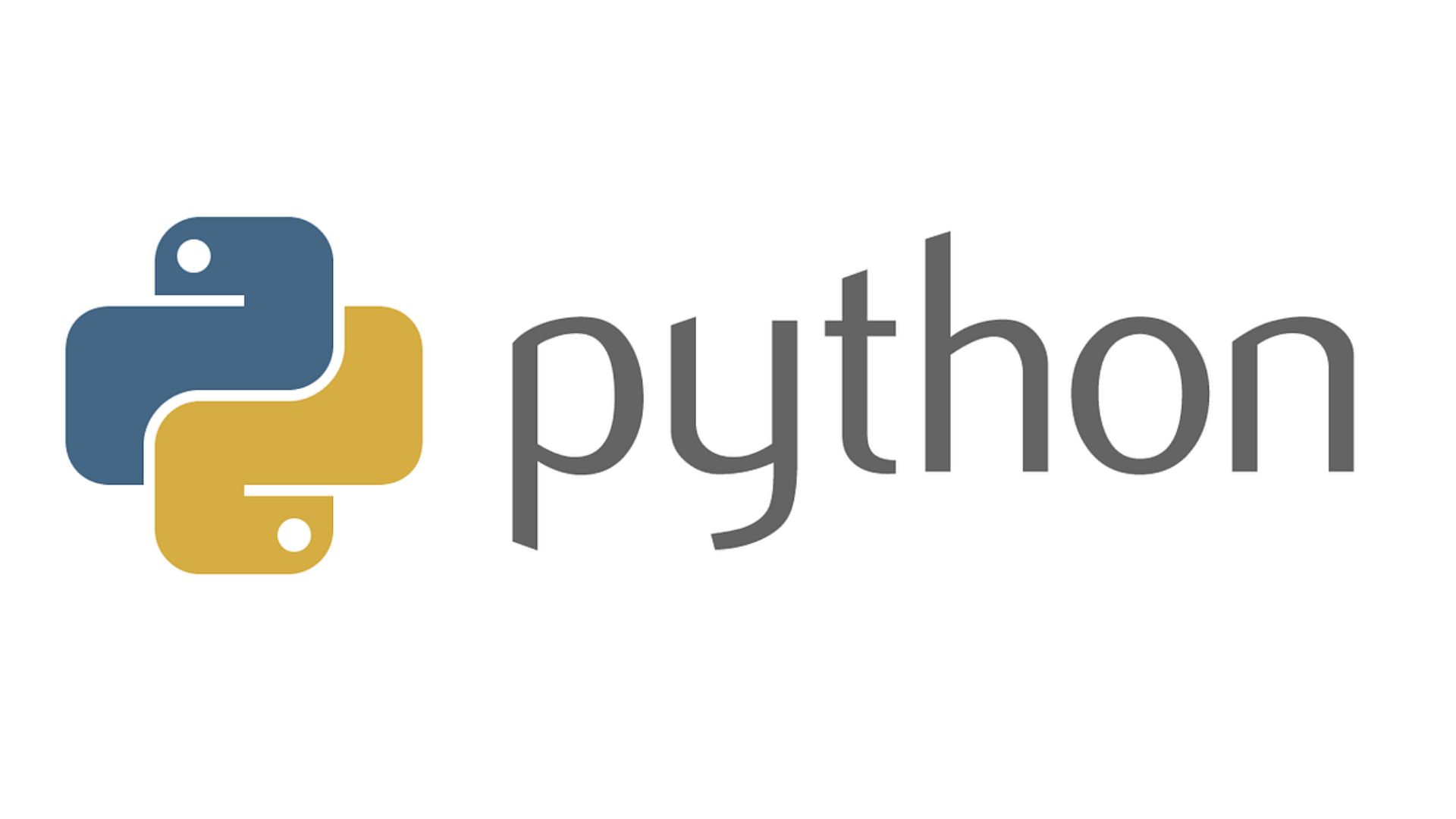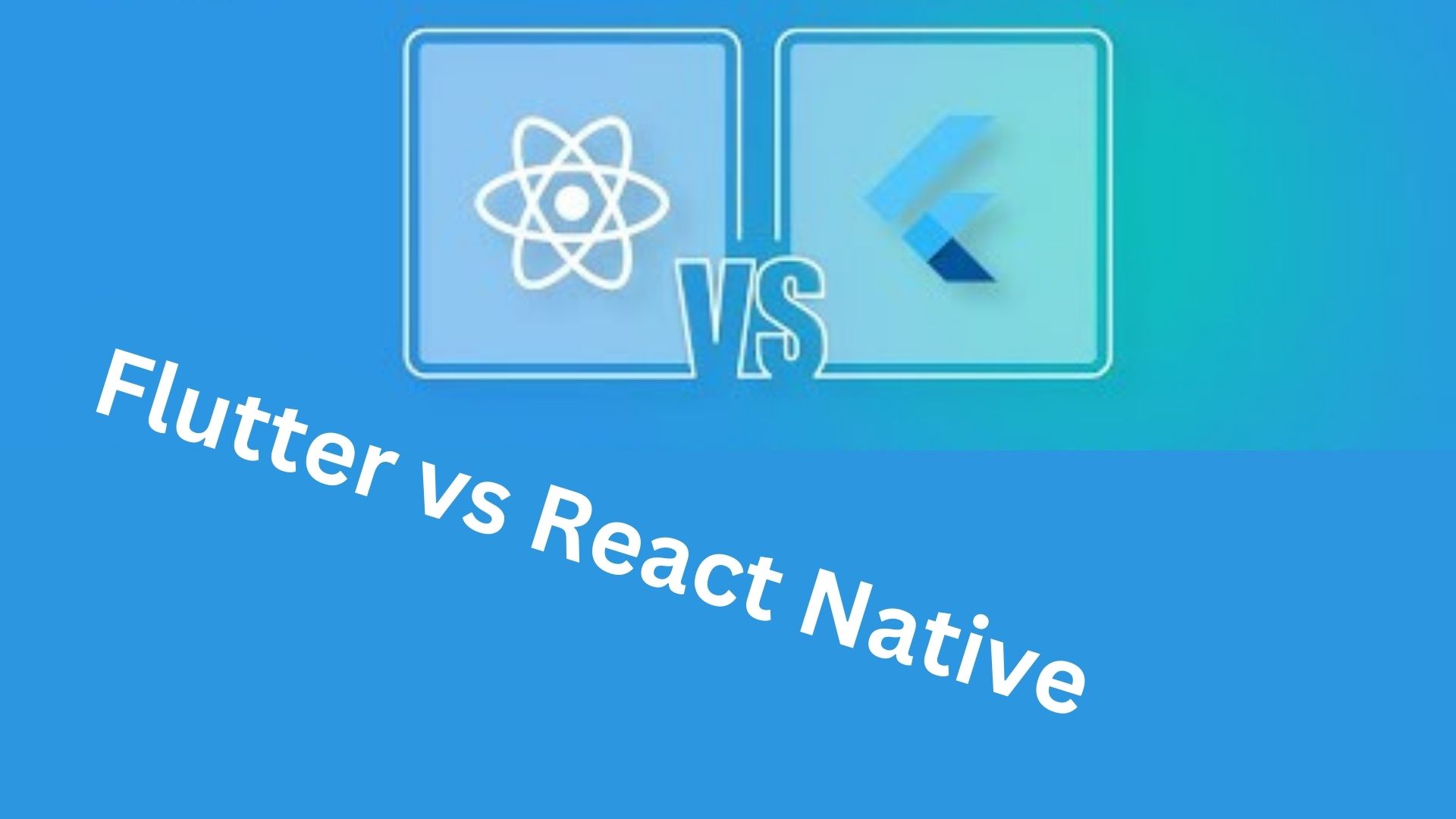
In 2024, the mobile app industry is poised for unprecedented growth and innovation, driven by a convergence of technological advancements and shifting user preferences. As we navigate this dynamic landscape, it’s evident that certain trends are shaping the future of mobile app development. Augmented Reality (AR) emerges as a transformative force, blurring the lines between the digital and physical worlds to deliver immersive experiences unlike anything seen before. AI-powered personalization takes center stage, harnessing the power of machine learning to tailor content and interactions to individual user preferences, thereby enhancing engagement and retention.
Blockchain technology, long lauded for its security benefits, finds new applications in mobile apps, providing a decentralized framework for data storage and transactions, while ensuring transparency and trust. The rollout of 5G networks heralds a new era of connectivity, enabling lightning-fast speeds and minimal latency, paving the way for unprecedented multimedia experiences and real-time interactions. Voice-activated interfaces emerge as a game-changer, offering hands-free convenience and accessibility, revolutionizing how users interact with apps and devices. Sustainability features gain prominence, reflecting a growing societal consciousness around environmental conservation, as apps integrate eco-friendly practices and promote responsible consumption habits.
The burgeoning demand for health and wellness apps underscores a societal shift towards prioritizing personal well-being, driving developers to innovate in areas such as fitness tracking, mental health support, and nutrition management. Privacy-centric design becomes paramount, as concerns over data security and privacy regulations compel developers to adopt robust encryption measures and transparent data handling practices. Cross-platform development emerges as a necessity, as users demand seamless experiences across diverse devices and operating systems, prompting developers to leverage frameworks that facilitate code reusability and deployment efficiency.
Lastly, the integration of Non-Fungible Tokens (NFTs) into apps presents new opportunities for digital ownership and monetization, with applications ranging from gaming and digital art to collectibles and virtual real estate. As we navigate these transformative trends, one thing is clear: the mobile app landscape of 2024 is defined by innovation, opportunity, and boundless potential for those willing to embrace change and push the boundaries of what’s possible.
In this fast-evolving ecosystem, developers are tasked with staying ahead of the curve, constantly adapting to emerging technologies and user expectations. The fusion of AR and AI opens up new avenues for immersive experiences, where personalized content seamlessly blends with the user’s physical surroundings, creating unforgettable interactions. Blockchain’s decentralized nature ensures data integrity and user trust, revolutionizing industries beyond finance, including supply chain management, digital identity verification, and decentralized finance (DeFi). With 5G’s lightning-fast speeds, mobile apps can deliver high-definition streaming, augmented reality gaming, and real-time collaboration, transforming how we consume media and interact with each other.
Voice-activated interfaces not only enhance accessibility for users with disabilities but also redefine user engagement, offering a more intuitive and natural way to interact with technology. Sustainability features not only appeal to eco-conscious consumers but also drive operational efficiencies for businesses, reducing costs and environmental impact simultaneously. Health and wellness apps, powered by AI and wearable devices, empower users to take control of their health, offering personalized insights and actionable recommendations for improved well-being. As privacy concerns continue to escalate, developers must prioritize user data protection and transparency, building trust through proactive measures such as end-to-end encryption and clear data usage policies.
Cross-platform development streamlines the app deployment process, allowing developers to reach broader audiences while minimizing development costs and time to market. Finally, the integration of NFTs presents new revenue streams and user engagement opportunities, as developers explore innovative ways to tokenize digital assets and create unique experiences for users. In this ever-evolving landscape, success hinges on agility, innovation, and a relentless focus on delivering value to users in an increasingly connected world.
Table of Contents
Introduction to Mobile App Trends of 2024

In the fast-paced world of mobile app development, staying abreast of the latest trends is paramount for success. As we look ahead to 2024, the landscape is poised for exciting transformations driven by technological advancements and evolving user preferences. The introduction of new technologies like augmented reality (AR), artificial intelligence (AI), blockchain, and 5G connectivity promises to revolutionize app experiences, offering unprecedented levels of interactivity, personalization, and security. These trends not only present opportunities for developers to create more engaging and innovative apps but also pose challenges in terms of implementation and adaptation.
With users becoming increasingly discerning and demanding, developers must anticipate and address their evolving needs and preferences to remain competitive in the dynamic app market. Against this backdrop, the introduction to mobile app trends of 2024 serves as a roadmap for developers and businesses, offering insights into the emerging technologies and strategies that will shape the future of mobile app development. By understanding and embracing these trends, developers can position themselves to capitalize on new opportunities, drive user engagement, and stay ahead of the curve in an ever-evolving digital landscape.
Trend 1: Augmented Reality Integration
Augmented Reality (AR) integration stands at the forefront of mobile app innovation, reshaping user experiences with its seamless blend of digital content and the physical world. In 2024, AR technology continues to evolve, offering developers unprecedented opportunities to create immersive and interactive app experiences. By leveraging AR development kits and frameworks, developers can unlock a myriad of possibilities, from enhancing gaming experiences to revolutionizing retail and marketing strategies. With AR, users can interact with virtual objects overlaid onto their surroundings, providing a new dimension of engagement and interactivity. Whether it’s trying on virtual clothing, visualizing furniture in their living space, or exploring historical landmarks through AR-guided tours, the potential applications of AR integration are limitless.
Moreover, advancements in AR hardware, such as smart glasses and wearable devices, further expand the reach and impact of AR-enabled apps. As AR technology becomes more accessible and mainstream, businesses across industries are recognizing its value in enhancing customer engagement, driving sales, and differentiating their brand offerings. From enhancing brand storytelling to providing real-time information overlays, AR integration empowers app developers to create compelling, memorable experiences that captivate and delight users. As we look to the future, AR integration will continue to play a pivotal role in shaping the mobile app landscape, driving innovation and redefining how users interact with digital content in the physical world.
Trend 2: AI-Powered Personalization
In the realm of mobile app development, AI-powered personalization stands out as a transformative trend poised to revolutionize user experiences. At its core, AI empowers app developers with the ability to glean deep insights into user behavior, preferences, and interactions. By harnessing machine learning algorithms and predictive analytics, apps can deliver hyper-personalized content, recommendations, and interactions tailored to each user’s unique preferences and context. This level of personalization goes beyond simple demographic targeting, diving into individual user habits, past interactions, and real-time data to anticipate their needs and desires.
Whether it’s suggesting relevant products, curating personalized playlists, or providing tailored news updates, AI-driven personalization enhances user engagement and satisfaction by delivering precisely what users want, when they want it. Moreover, as AI continues to evolve and improve over time, the level of personalization achievable within mobile apps will only deepen, fostering stronger connections between users and their digital experiences.
From enhancing user retention and loyalty to driving revenue growth through targeted marketing efforts, AI-powered personalization represents a game-changer for app developers seeking to differentiate their products in a crowded marketplace. As such, embracing AI technologies and investing in robust personalization strategies is no longer a luxury but a necessity for staying competitive in the dynamic landscape of mobile app development.
Trend 3: Blockchain for Security and Transparency
Blockchain technology is rapidly gaining traction in the mobile app industry, primarily for its unparalleled ability to enhance security and transparency. Unlike traditional centralized systems, blockchain operates on a decentralized network, where data is stored across multiple nodes, making it inherently resistant to tampering and unauthorized access. By leveraging cryptographic techniques and consensus algorithms, blockchain ensures the integrity and immutability of data, thereby mitigating the risk of data breaches and fraudulent activities. In the realm of mobile apps, integrating blockchain protocols offers several benefits, including enhanced user privacy, secure transactions, and transparent data management.
For instance, blockchain-powered authentication mechanisms can provide users with greater control over their digital identities, reducing reliance on centralized authentication systems prone to hacking. Moreover, by recording transactions on a public ledger, blockchain fosters trust and accountability, enabling users to verify the authenticity and integrity of data exchanged within the app ecosystem. From secure payment processing to transparent supply chain tracking, the applications of blockchain in mobile apps are diverse and far-reaching.
However, developers must navigate challenges such as scalability and interoperability to harness the full potential of blockchain technology effectively. Nevertheless, as the demand for data security and transparency continues to rise, integrating blockchain into mobile apps represents a significant opportunity for innovation and differentiation in the competitive app market.
Trend 4: 5G-Powered Experiences
The advent of 5G technology heralds a new era of mobile app experiences, characterized by unprecedented speed, reliability, and connectivity. With 5G networks rolling out across the globe, mobile apps stand to benefit from enhanced capabilities that were previously unattainable. One of the most significant advantages of 5G is its blazing-fast download and upload speeds, enabling users to stream high-definition content, download large files, and engage in real-time interactions with minimal latency. This translates into smoother, more immersive experiences for users, whether they’re streaming multimedia content, playing online games, or conducting video calls.
Moreover, 5G opens doors to innovative applications such as augmented reality (AR) and virtual reality (VR), which rely on high bandwidth and low latency to deliver seamless, lifelike experiences. Developers can leverage the power of 5G to create immersive AR overlays that enhance real-world environments or immersive VR simulations that transport users to virtual worlds. Additionally, 5G facilitates the proliferation of Internet of Things (IoT) devices, enabling seamless connectivity and communication between smart devices and mobile apps. From smart homes and connected cars to wearable devices and industrial sensors, the possibilities are endless with 5G-powered IoT ecosystems.
Furthermore, 5G networks offer greater reliability and stability, reducing the risk of network congestion and ensuring consistent performance even in high-traffic areas. This reliability is crucial for mission-critical applications such as remote healthcare, autonomous vehicles, and industrial automation, where a stable connection is essential for safety and efficiency. In conclusion, 5G technology revolutionizes mobile app experiences by unlocking unprecedented speed, reliability, and connectivity. By embracing 5G-powered experiences, developers can create innovative apps that deliver seamless, immersive, and transformative experiences to users across the globe.
Trend 5: Voice-Activated Interfaces
Voice-activated interfaces represent a transformative shift in user interaction with mobile apps, offering unparalleled convenience and accessibility. With the proliferation of smart speakers and virtual assistants, users have grown accustomed to performing tasks and accessing information using voice commands. This trend extends to mobile apps, where voice recognition technology enables hands-free operation and intuitive navigation. By integrating voice-activated interfaces into their apps, developers can streamline user interactions, eliminate the need for manual input, and enhance overall user experience.
Whether it’s searching for products, composing messages, or controlling smart home devices, voice commands empower users to accomplish tasks effortlessly, making app interactions more natural and seamless. Moreover, voice-activated interfaces cater to a diverse range of users, including those with disabilities or limited mobility, by providing alternative interaction methods.
As the technology continues to evolve, developers have the opportunity to leverage voice recognition algorithms and natural language processing to further refine and personalize the user experience. By embracing voice-activated interfaces, mobile apps can stay at the forefront of innovation, delivering enhanced functionality and usability to their users.
Trend 6: Sustainability Features
In an era marked by heightened environmental consciousness, the integration of sustainability features within mobile apps has become not just a trend but a necessity. Developers are increasingly recognizing their responsibility in contributing positively to environmental conservation efforts. Sustainability features in mobile apps encompass a wide range of initiatives aimed at reducing the carbon footprint and promoting eco-friendly practices. These initiatives can include energy-efficient designs that optimize resource usage, such as minimizing battery consumption and optimizing data transfer to reduce energy consumption. Additionally, developers can incorporate features that enable users to track and manage their carbon footprint, encouraging conscious consumption habits.
Moreover, apps can integrate functionalities that promote sustainable living, such as facilitating carpooling, promoting eco-friendly products and services, and providing information on recycling and waste management. By incorporating sustainability features, mobile apps not only align with the values of environmentally conscious users but also contribute to larger efforts towards building a more sustainable future. This trend reflects a broader shift towards integrating sustainability into all facets of life, including digital technology, and underscores the potential for technology to drive positive social and environmental change.
Trend 7: Health and Wellness Apps
The surge in popularity of health and wellness apps reflects a significant societal shift towards prioritizing personal well-being. In today’s fast-paced world, individuals are increasingly seeking convenient solutions to manage their physical and mental health effectively. Health and wellness apps offer a diverse range of functionalities, catering to various aspects of holistic wellness, including fitness, nutrition, mental health, and mindfulness. These apps empower users to track their workouts, monitor their dietary intake, practice meditation, and access resources for stress management and sleep improvement, all from the convenience of their smartphones.
With features such as personalized workout plans, calorie counters, progress trackers, and guided meditation sessions, these apps facilitate goal setting and accountability, motivating users to adopt healthier lifestyle habits. Moreover, the integration of wearable devices and sensors enables real-time monitoring of vital health metrics, providing users with actionable insights into their health status and progress. Beyond individual wellness, health and wellness apps also foster a sense of community and support through features like social sharing, group challenges, and online forums, where users can connect with like-minded individuals, share experiences, and seek advice.
As the demand for health and wellness continues to grow, developers have the opportunity to innovate and expand the capabilities of these apps further, leveraging emerging technologies such as AI, AR, and biometric tracking to enhance user experiences and drive positive health outcomes. Ultimately, health and wellness apps serve as invaluable tools for empowering individuals to take control of their health, fostering a culture of self-care and well-being in the digital age.
Trend 8: Privacy-Centric Design
Privacy-Centric Design has become an imperative aspect of mobile app development in 2024, reflecting the heightened concerns surrounding data privacy and security. In response to regulatory frameworks like GDPR and CCPA, as well as growing user awareness, developers are prioritizing the implementation of robust privacy measures. This entails adopting a proactive approach to data protection, encompassing encryption protocols, stringent access controls, and transparent privacy policies. By integrating privacy features directly into the design process, developers can foster user trust and confidence in their apps, ultimately enhancing the overall user experience.
Furthermore, privacy-centric design extends beyond compliance requirements to encompass ethical considerations, such as respecting user preferences regarding data collection and usage. Embracing a privacy-first mindset not only mitigates the risk of data breaches and regulatory fines but also establishes a competitive advantage by positioning apps as trustworthy and user-centric. As privacy continues to be a key concern for consumers, prioritizing privacy-centric design principles is essential for maintaining user loyalty and ensuring long-term success in the mobile app market.
Trend 9: Cross-Platform Development
Cross-platform development has emerged as a game-changer in the mobile app industry, offering developers the ability to create apps that run seamlessly across multiple platforms and devices. With the proliferation of smartphones, tablets, and wearable devices, catering to diverse user preferences and operating systems has become essential for app success. Cross-platform frameworks like React Native and Flutter empower developers to write code once and deploy it across iOS, Android, and even web platforms, significantly reducing development time and costs.
By embracing cross-platform development, developers can reach a broader audience, maximize market penetration, and enhance user engagement. Moreover, the flexibility and efficiency of cross-platform development enable rapid iteration and updates, ensuring apps stay relevant and competitive in today’s fast-paced digital landscape. With its potential to streamline development workflows and deliver consistent user experiences, cross-platform development is poised to shape the future of mobile app development and drive innovation in the years to come.
Trend 10: NFT Integration in Apps
The integration of Non-Fungible Tokens (NFTs) into mobile apps marks a significant paradigm shift in digital ownership and monetization strategies. NFTs, built on blockchain technology, enable the creation and exchange of unique digital assets with verified scarcity and ownership records. In the realm of mobile apps, this trend is poised to revolutionize various sectors, including gaming, digital art, collectibles, and virtual real estate. By integrating NFT functionality, developers can empower users to truly own their digital content, whether it’s rare in-game items, exclusive artwork, or virtual property. This ownership authenticity opens up new avenues for monetization, as users can buy, sell, and trade NFTs within the app ecosystem, fostering a vibrant marketplace for digital goods.
Moreover, NFT integration fosters community engagement and user participation, as enthusiasts seek out rare and valuable assets to enhance their digital experiences. From enhancing user engagement in mobile games through unique in-game items to providing artists with a platform to showcase and monetize their creations, the potential applications of NFT integration in mobile apps are vast and transformative. However, developers must navigate challenges such as scalability, interoperability, and regulatory compliance to ensure the seamless integration and sustainable growth of NFT-powered features within their apps. Nonetheless, as the NFT market continues to evolve and mature, its integration into mobile apps holds immense promise for reshaping the digital landscape and empowering users with true digital ownership.
Conclusion
In conclusion, the mobile app landscape of 2024 presents a dynamic and exciting realm of possibilities, driven by emerging technologies and shifting consumer expectations. As we navigate through this digital era, it’s evident that staying abreast of the latest trends is imperative for developers and businesses seeking to thrive in an increasingly competitive market. From the integration of Augmented Reality to the adoption of blockchain for enhanced security, each trend holds the potential to revolutionize app experiences and shape the future of mobile technology. Moreover, the emphasis on personalization, sustainability, and privacy underscores the importance of prioritizing user-centric design and ethical considerations in app development.
By embracing these trends and harnessing the power of innovative solutions, developers can not only meet the evolving needs of users but also drive engagement, foster loyalty, and ultimately, achieve sustainable growth. As we look ahead, the journey of app development in 2024 promises to be filled with innovation, challenges, and opportunities, paving the way for transformative experiences that redefine the way we interact with technology and each other.
FAQs
- What are the key technologies driving mobile app trends in 2024?
- Artificial intelligence, 5G technology, augmented reality, blockchain, and IoT are among the key technologies shaping mobile app trends in 2024.
- How can businesses leverage these trends to stay competitive?
- By incorporating AI, 5G, AR, VR, and other emerging technologies into their mobile apps, businesses can enhance user experiences, drive engagement, and gain a competitive edge in the market.
- What role does security play in mobile app development?
- Security is paramount in mobile app development to protect user data, prevent cyberattacks, and build trust with users. Implementing robust security measures is essential to safeguarding sensitive information.
- Are PWAs replacing native mobile apps?
- While PWAs offer several advantages, including cross-platform compatibility and faster load times, they are not replacing native mobile apps entirely. Both PWAs and native apps have their unique strengths and use cases.
- How can developers future-proof their mobile apps?
- Developers can future-proof their mobile apps by staying updated on the latest technologies and trends, prioritizing user feedback and preferences, and building scalable and adaptable architectures that can evolve with changing demands.


